You should all know that we were huge fans of the original de Blob soundtrack, and we mentioned that the second game kind of snuck by without much fanfare in the United States with the game’s soundtrack being released online for free (pick it up if you haven’t already). The fact that it’s free doesn’t mean it isn’t any good, however.
We’ve been fortune enough to be able to continue our embedded “liner notes interview” series with John Guscott, composer, arranger, and performer of the de Blob soundtracks. He shares his thoughts on the particular tracks and musical styles featured in the game.
Join us in our hybrid review/interview after the jump!
First of all, unlike the first game, the tracks aren’t distinctly identified by their “mood.” For example, in the original de Blob, tracks were titled things like “DB 606 (Euphoric)” and “Splashback (Defiant),” blatantly letting the listener know what was in store for them when selecting the track for gameplay or listening on the soundtrack. This time, however, we get pure track titles, and it’s up to the listener to determine what mood each track evokes.
Guscott on the de Blob 2 Soundtrack:
Well, just to clarify, the music within the game is only referred to by the mood names and the track titles only appear on the soundtrack. In the context of the game, the track titles are irrelevant, it is all about Blob’s mood or overall vibe. One of the key differences between the two games is how the music intensity of the moods builds up. In the first game, there is no music until Blob starts painting. In de Blob 2 however, there is a pre-existing musical ambience at the start of each level which Blob must audibly transform. It is meant to give the impression that all is not well in Prisma City; that something, or someone, has been messing with the status quo. The music begins as a cold, harsh and sterile track which is supposed to reflect the visual qualities of the grey landscape. This was a deliberate decision on our part as we were able to utilize an extra two streams of music in the interactive audio system over the first game, so the core responsive color-based mechanic was not affected. Other than that, the music design intended to pick up where the first Blob game left of, with improvements and refinements to the system wherever possible. One of the great things from a recording perspective was that almost all of the key session musicians who played on the first game were available to return for the sequel.
The album opens with “Theme from de Blob 2,” which should sound vaguely familiar, as it features many of the same elements as the theme from the first game. The guitars stand out in particular, and the many embellishments and ascending sections give it a little more flair. We also see a return of the variety of instruments featured in the first game, including some turn table scratching.
Guscott on “Theme from de Blob 2”:
I wanted there to be definite link between title track of each game. After all, this is de Blob’s theme tune and de Blob 2 is a sequel so it made sense to make them similar. So I decided to write the Blob 2 theme in the same key and tempo as the title track from the first game. I’m glad you mentioned the turntable scratching, because there was another reason why I wanted the two tracks to be the same speed. If you listen carefully to “Theme from de Blob 2,” you can hear the brass riff from the first de Blob vinyl soundtrack being scratched repeatedly in the extended outro section. It’s a fun reference to the first game which the listener may pick up on, consciously or sub-consciously.
From here, we get a wide array of different sounds and styles, mostly falling into the jazz category (which you won’t find me complaining about). “Prisman Holiday,” for example, is a smooth bossa nova track with female voices along with some killer electric piano and percussion work. I particularly love the trailing string notes found in the chorus section. Another track, “Paint Party,” gets the whole Latin vibe going with vibrant guitar work along with forceful brass stabs and a swinging electric piano underpinning the entire track. We get a nice, measured samba with “Paradise Island,” complete with toy percussion, electric piano, and guitar strumming on the upbeats.
Guscott on “Prisman Holiday,” “Paint Party,” and “Paraidse Island”:
“Prisman Holiday” was one of the first tracks I wrote for the game and I wanted it to be a follow on from “Décor,” the lounge-style tune from Blob 1 which also featured female vocals. Like “Décor” the vocals were recorded live but were layered up a couple of times to thicken out the melody. “Paint Party” was just one of those good time party tunes that I think encapsulate the Blob spirit well. I didn’t really make a conscious effort to write in these styles, I just find that the vibe and feel of some Latin American music captures the essence of what Blob is about. If you think about color, freedom of expression, and a good time party atmosphere you can’t go too far beyond the Rio Carnival of Brazil – the ultimate spectacle of color, energy, and fun. There is also a laid back feel in much Brazilian music, another trait which sits well with Blob’s character. So, mix these elements together, and you end up with something like “Paradise Island,” the slow Samba at the start of the game. Out of the three tracks you mentioned, this one stands out a little over the others as a personal favorite. The twin harmonized guitar sound was something that was partly inspired by the old 60s instrumental “Albatross” which was written by the British guitarist Peter Green who is one of my favorite musicians.
There are plenty of groovy funk tracks on the album, including “Stencil Jive,” where some nice guitar work and decisive percussion and bass give the track a nice pop. The use of jazz organ also really hits the spot for me. “The Roll & Bounce” is one of my favorites, coming as a deep funk track with lots of low end, including a heavy synth bass and some guitar riffs reminiscent of “The Funky Blob” from the first game. It plods along at a slow pace, letting you slowly simmer in its scalding pan of funk.
Guscott on “Stencil Jive” and “The Roll & Bounce”:
Yeah, “The Roll and Bounce” is a sort of remix of “Into It” from the first game in that part of the tune shares the same bass line. Groove based music works well in the de Blob games because it gives the player good feedback as the music intensity changes according to how much of the world has been painted. The idea is to build up a solid groove as you paint, and once that bass line starts pumpin’, or those drums kick in, then you know you’re onto something! I agree with you, you can never have enough organ! We were fortunate enough on the Blob 2 soundtrack to use a real vintage Hammond C3 with matching Leslie speaker, which sounded fantastic.
“The Factory” is almost more of a blues/rock track with its defiant melody and head-bopping swing. The rock percussion setup and slap bass match perfectly with the both rhythm and lead guitar, and there are plenty of brass accents to give the piece extra oomph. “Boogaloo in Blue” is another slow track, bringing is some bluesy guitar riffs, but maintaining a positive and relaxing mood throughout.
Guscott on blues music in de Blob 2:
You’re right, those two tracks are fairly guitar-ish. I suppose it is because I sometimes write stuff on the guitar instead of the piano. When composing, I find that the initial steps, the really early ideas that end up defining the entire track, sometimes differ significantly according to whether you’re sitting at a piano keyboard or sitting there with a guitar in your lap. I wanted ‘The Factory’ to be a little slower and have a relentless, plodding feel. It is used in a level where Blob has to break into an INKT corporation factory that is churning out the hypnotic Pinwheel discs that have been brainwashing the population of Prisma City.
My favorite track on the album has to be “The Colourist Agenda,” which is a pure disco track. It opens with a funky and rebellious synth bass and some wah-wah guitar effects. Eventually the characteristic disco string stabs and awesome string melody come in, reminding me of the equally-awesome “Apache” by the Tommy Seebach Band (go see that now if you haven’t before). I can’t say this one is as brimming with positive energy as my favorite track from the first game, “DB 606,” but it does the trick quite nicely, and is the longest track on the album at 5 minutes. Another disco track comes in at the end of the album, titled “Colour on the Dancefloor,” which features a groovy octave-jumping bassline and heavily filtered guitar work. I love disco, and the fact that two tracks appear here is amazing.
Guscott on disco and “The Colourist Agenda”:
[Laughs] It’s funny you mention “Apache” as it’s such an interesting song. When I was at college I’d hear DJs doing mixes of the versions by the (heavily sampled) Incredible Bongo Band and the Sugarhill Gang (but NOT the Sir Mix-A-Lot version, [Laughs]), but I also love the original definitive version by The Shadows which was one of the first records I ever heard when I was very young, via my Dad’s record player. If you feel like being a real geek, check out the obscure version by Bert Weedon, who I believe recorded it even before The Shadows did. Anyway, back to disco… as a style it suits the game well because it is early club music, for dancing. Again, we’re back to the ideas of fun and having a good time. Disco at its best was (like House music later on) pretty hedonistic, and would have obviously been best experienced in a club with a good DJ manipulating the crowd by cutting elements out then dropping beats back in at the appropriate time. Although the player does not have immediate control of the music intensity in the game (you have to build up energy gradually) there are moments where it is almost like the player is a DJ, especially when they pick up a special power up and suddenly the track kicks into full intensity.
“The Chase” is an incredibly fun ‘surfer rock’ tune with groovy guitar sections, brass stabs, and cinematic string sections. While there’s definitely a lot going on, all the elements come together so well, and the string work leads me to believe that perhaps Guscott should be working in film! I love the descending melody and the organ solo about midway through. The last track, “Blob in Space,” sports a similar vibe, but adds in spacey synth lines with lots of pitch bends to lend that sci-fi sound.
Guscott on “The Chase” and “Blob in Space”:
Yes, it was wonderful to be able to use real strings in de Blob 2. On the first game we didn’t quite have the budget for it so the few string parts that were on the soundtrack were done on the computer. This time round we hired a 12 piece string section and it was great fun arranging for and recording real strings. There is a lot going on in “The Chase,” but like all of the music in the de Blob games, it is not played at full intensity all the time. I’ve sometimes struggled with the notion of what a video game soundtrack album should be when the music in its true context is always on the move, in terms of vertical intensity. In a nutshell, the music is meant to be experienced interactively, and although it may be enjoyed by listening to it in a Stereo linear form, that is not its natural habitat. The “Blob in Space” track was great fun to do. Without giving too much away, the final level of the game is set in space, and Blob has to deal with all manner of strange hazards like lasers and reverse gravity. So I thought ‘space rock’ with lots of twangy guitars, Hammond Organ and big brass chords would be the way to go! Oh, and the Theremin of course (which is actually a Moog synthesizer. If you’ve ever tried to play a real Theremin you’ll know why we used a synth. The real instruments are ludicrously difficult to play and take years to master!)
And there you have it. Unfortunately there wasn’t an official CD release for this game, but you can pick up the MP3s for free over at GameSpot, which is a nice gesture. We’re also hearing rumblings of a vinyl that’s being produced in Australia featuring tracks from the game, so watch for more news about de Blob 2 in the future! In the meantime, it’s free, so there’s no excuse not to check it out!
Tags: Bluetongue, de Blob, de Blob 2, Features, Interviews, John Guscott, Liner Notes, Reviews, THQ, VideogameGuscott’s final thoughts on De Blob 2:
Like the first game, de Blob 2 was a pleasure to write and produce music for. What I like about de Blob is that it invokes a positive, uplifting concept. The metaphor of painting your world rings true in all forms of life, as does the risk associated with becoming a prisoner of your own society, like the Graydians in the game. I like the fact that the game stands out amongst the crowd as being a little different. As far as interactive music is concerned, I still think that this is just the beginning and we still have a long way to go but I hope that the Blob music so far serves its purpose well and I really look forward to taking things further in this field, whether on another Blob game or something entirely new!
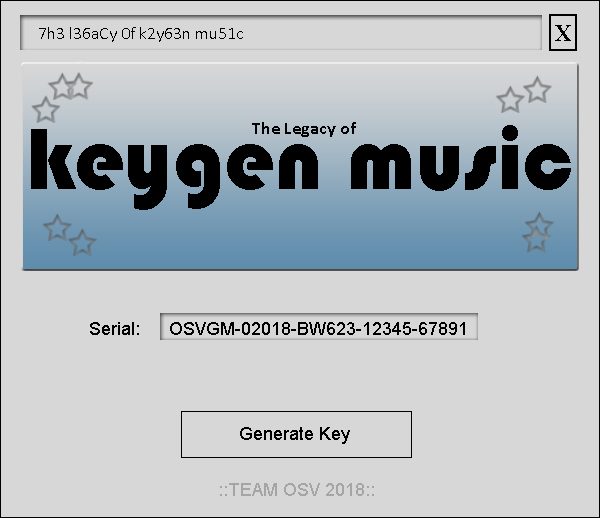
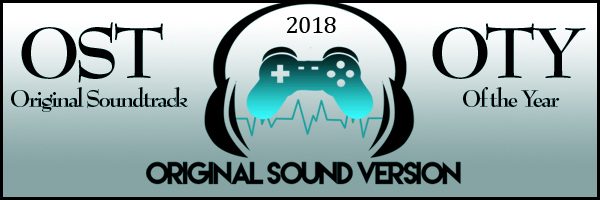
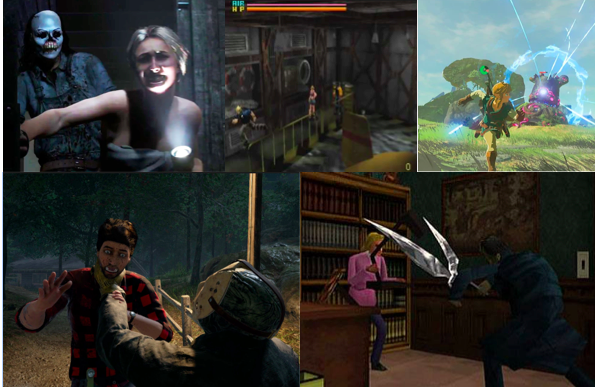
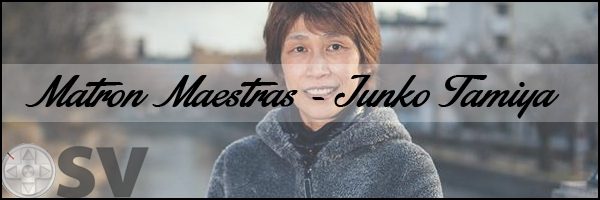
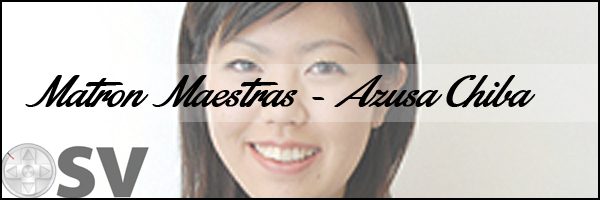
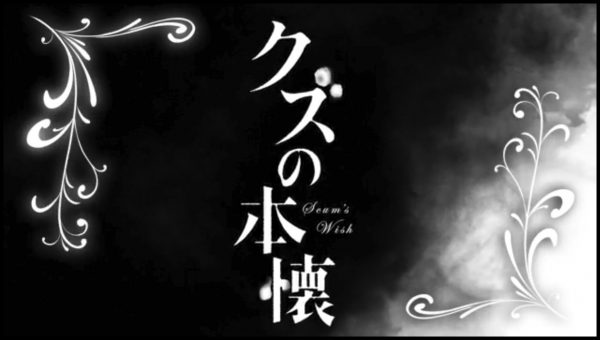
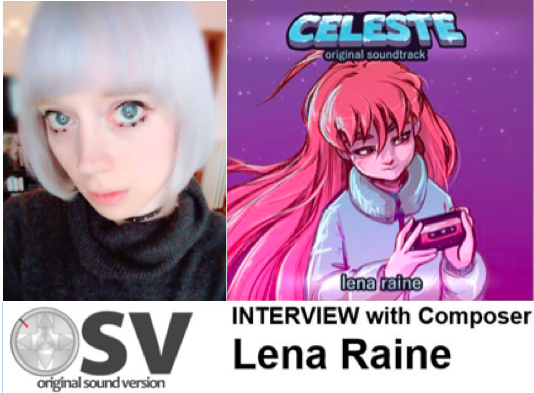
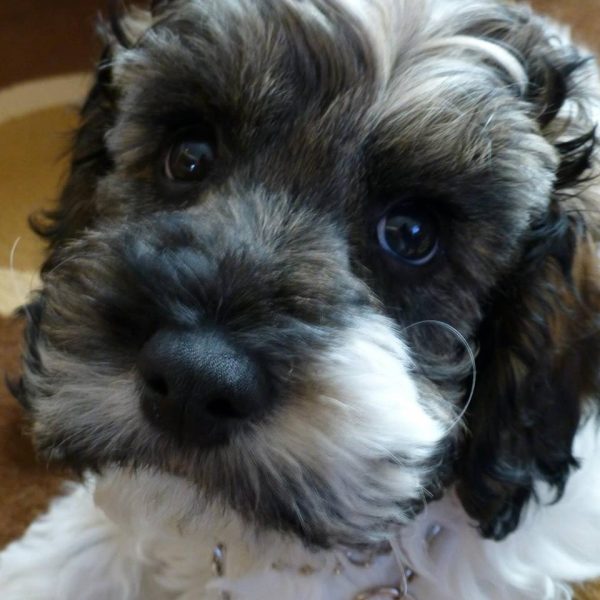
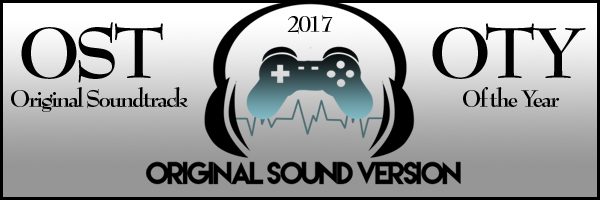
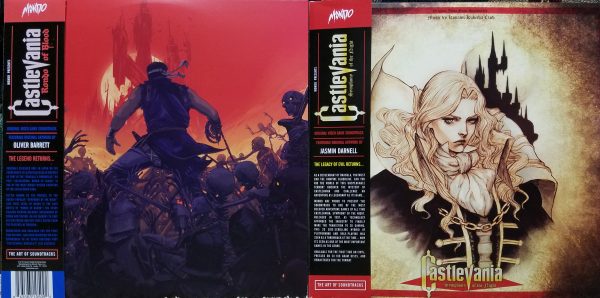
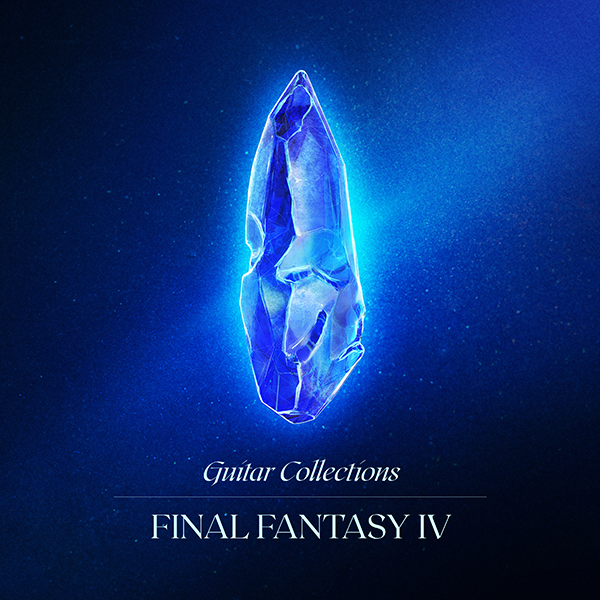
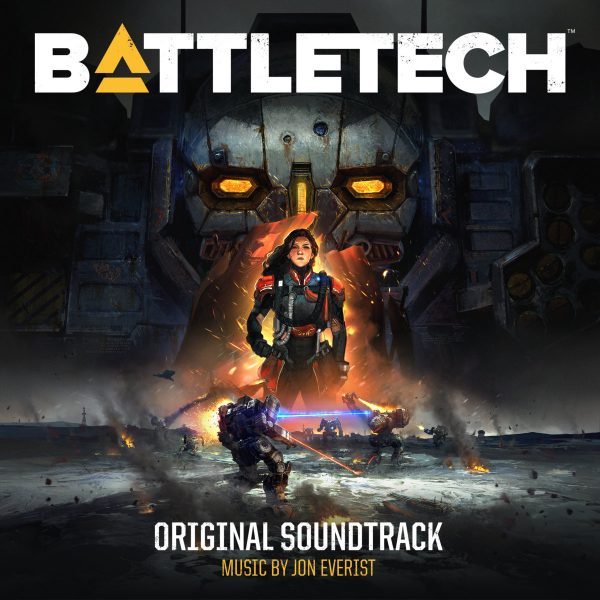
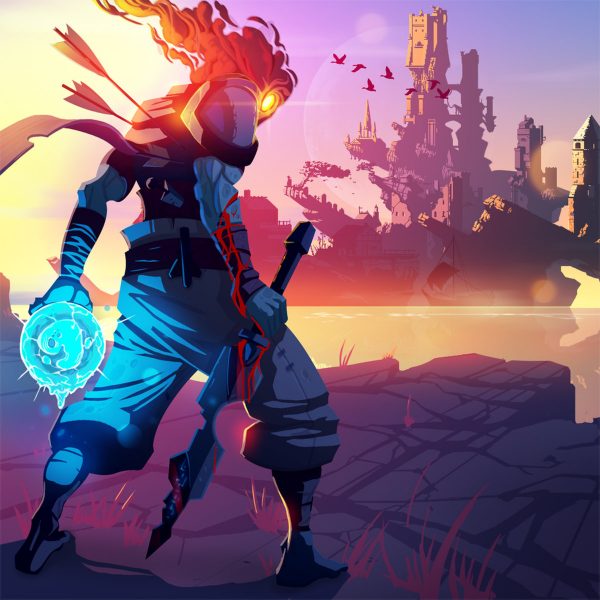
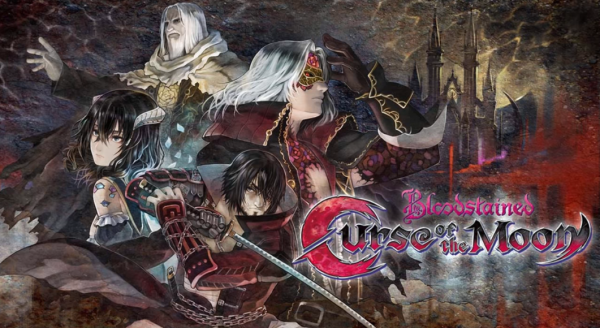
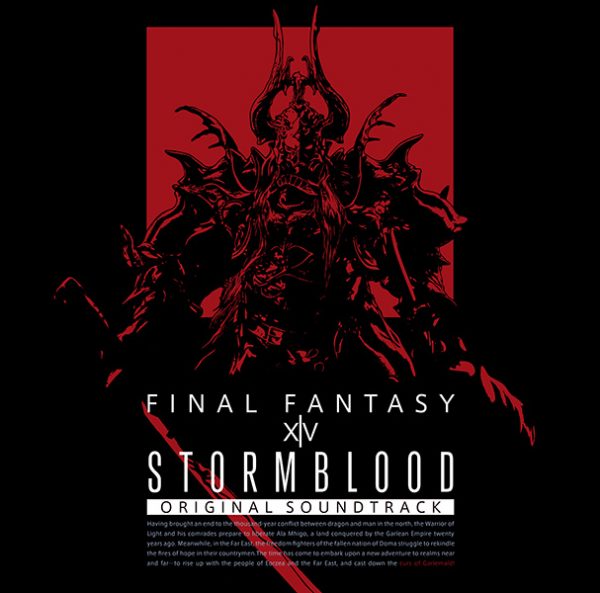
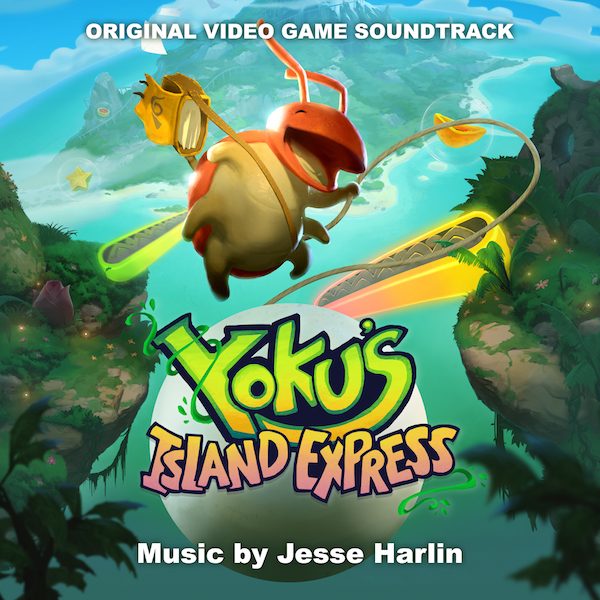
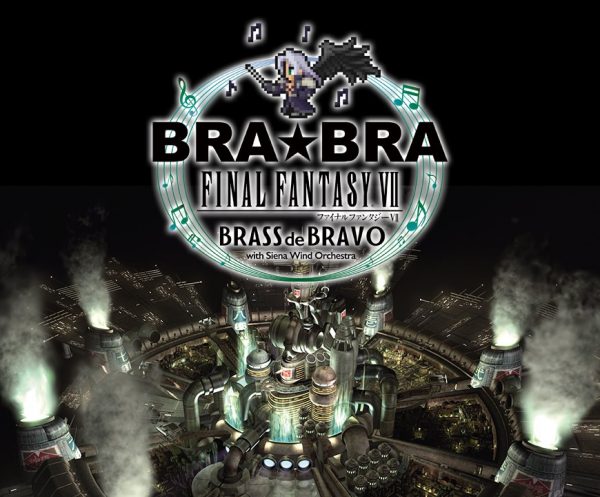
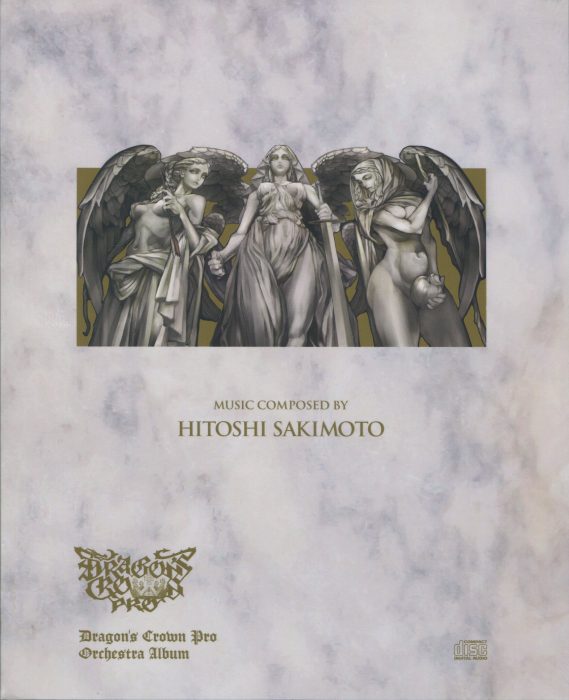
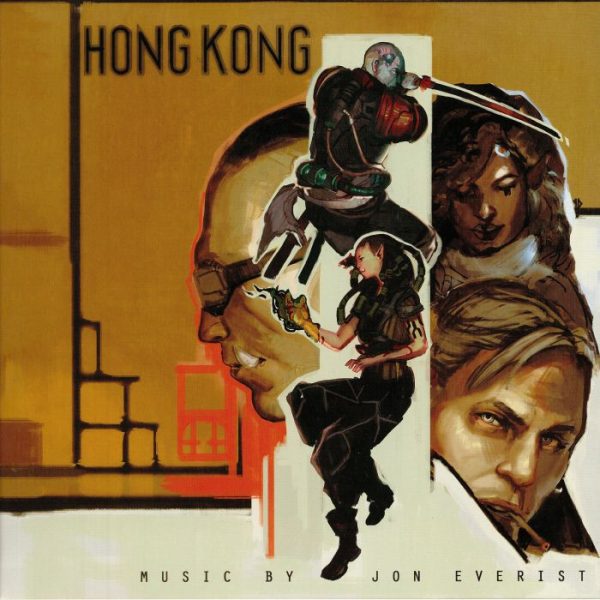
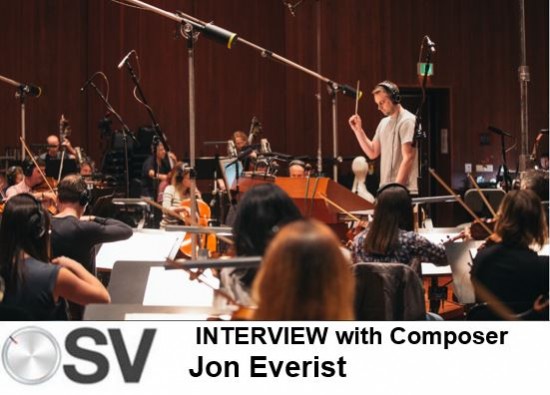
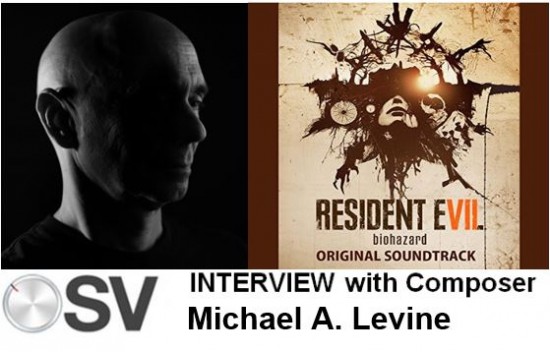
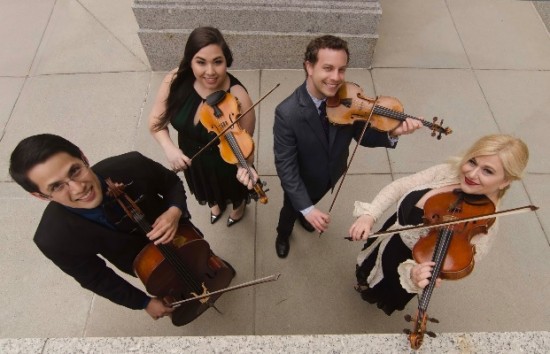
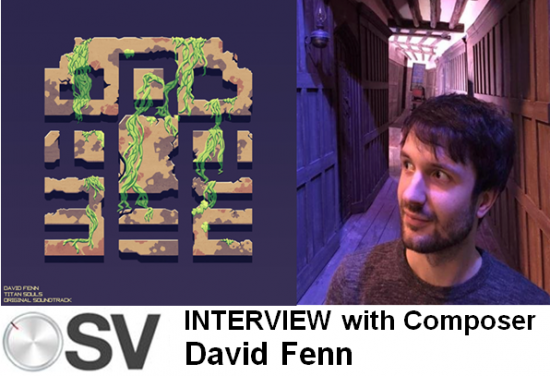
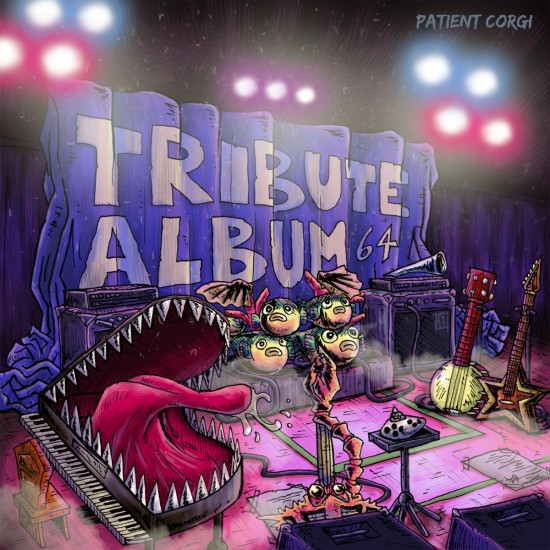
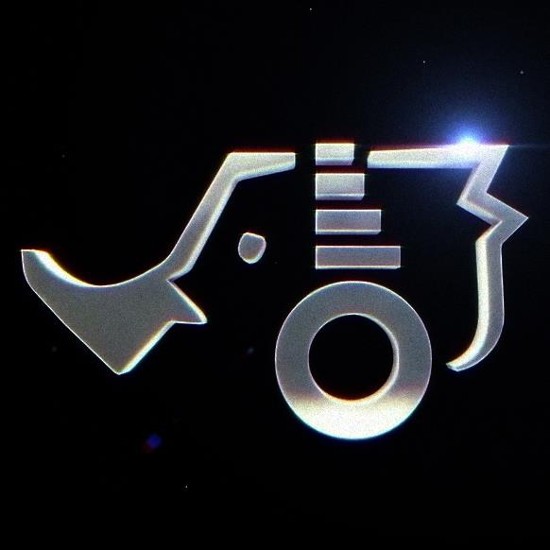
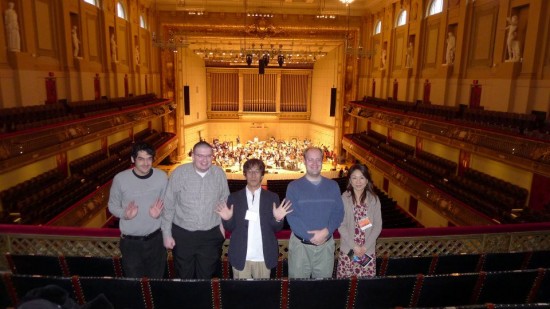
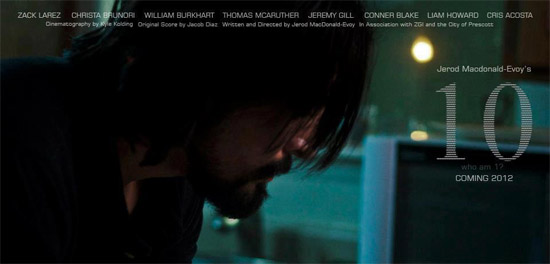
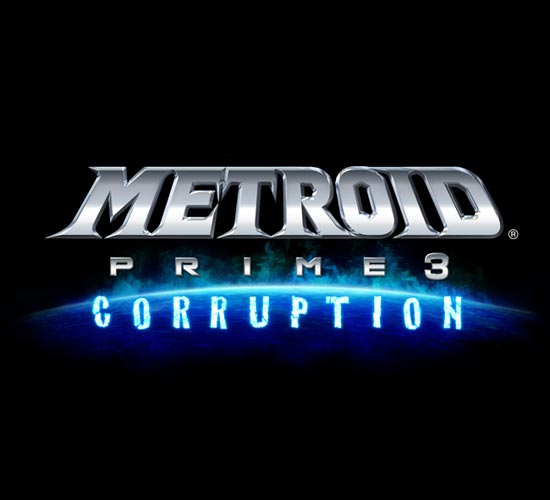




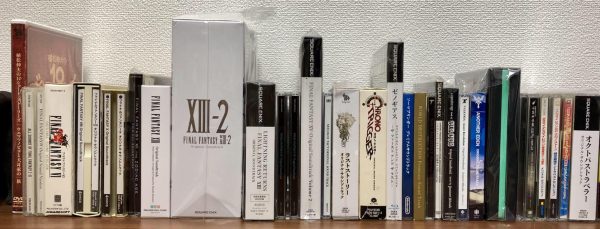
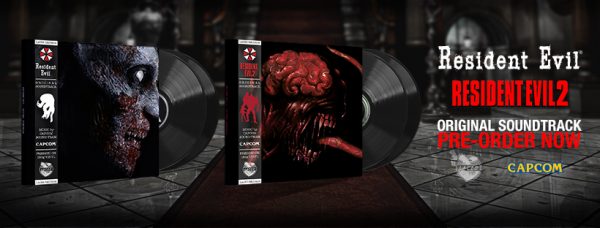
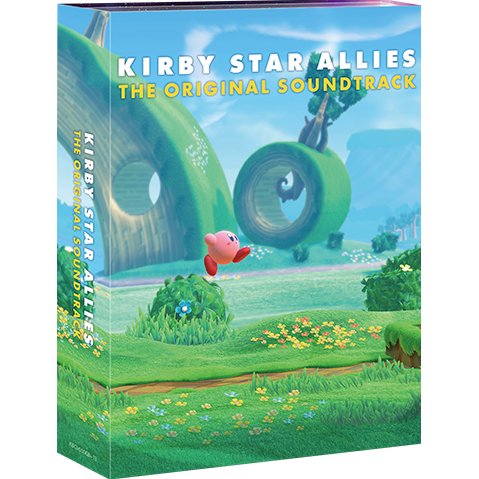
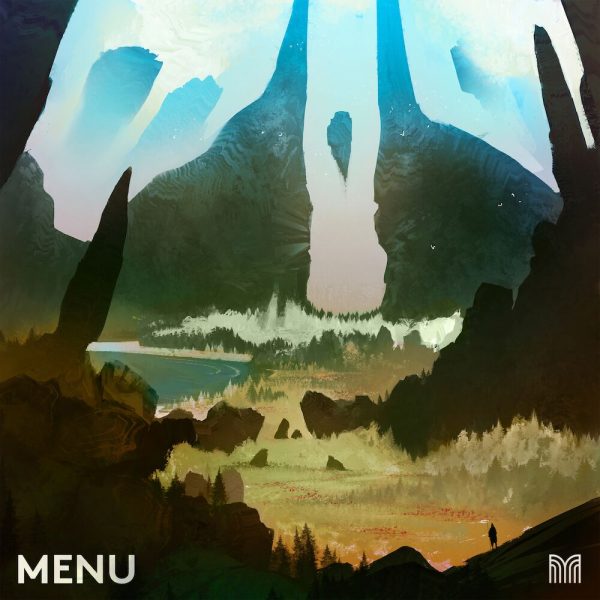
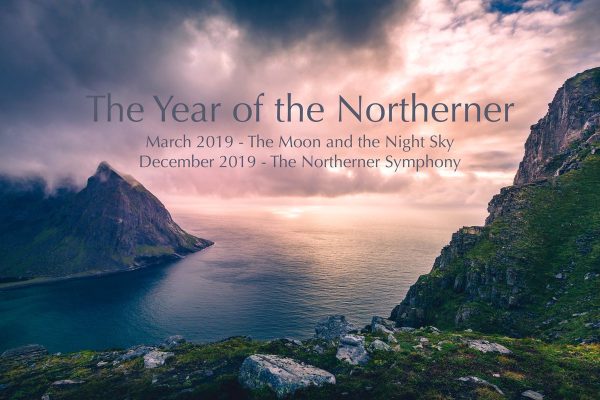
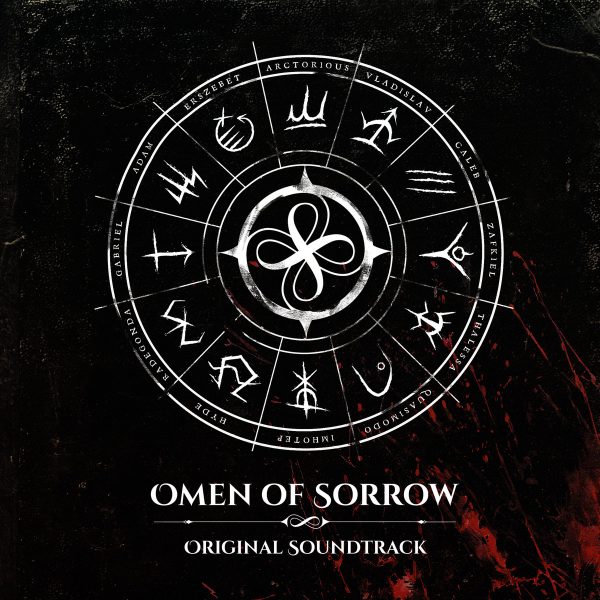
De Blob 2 – One of my top 10 soundtracks. Wonderfull brass stabs. Can’t get enough.
I still listen to Guscott’s music, even though I finished the game probably three years ago. Amazing stuff.